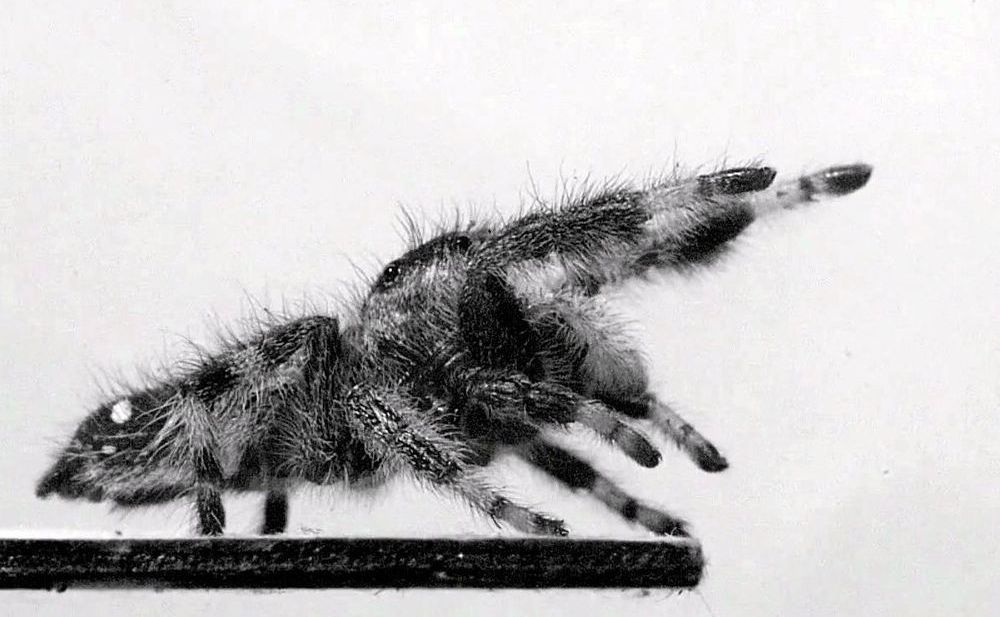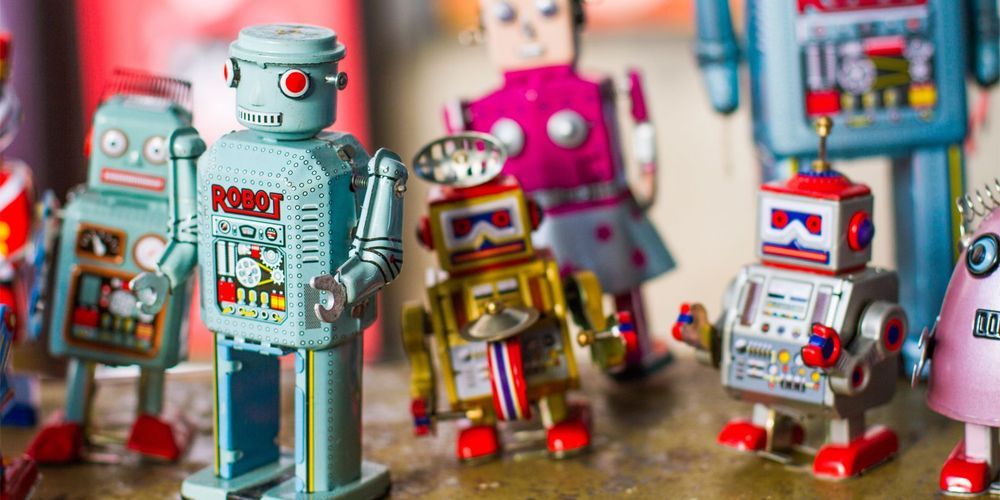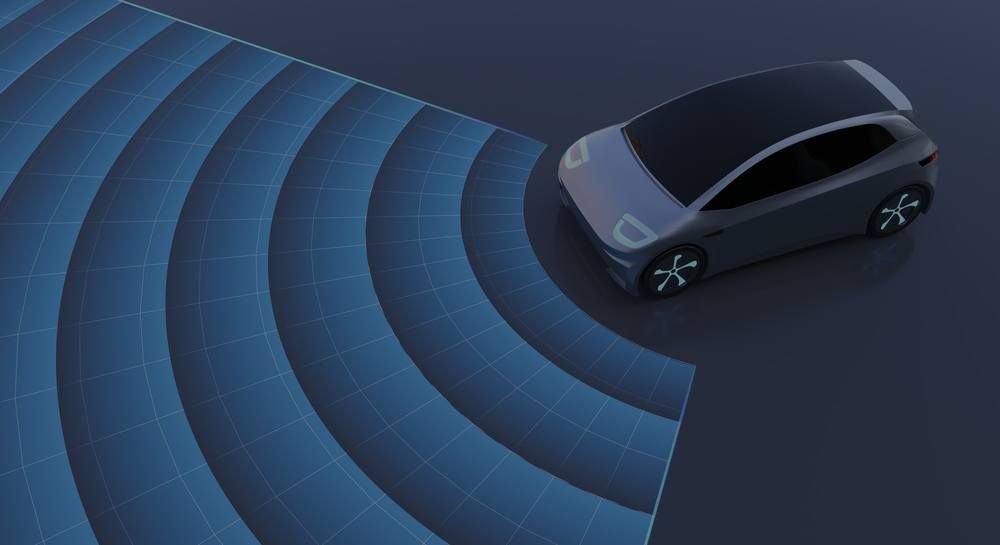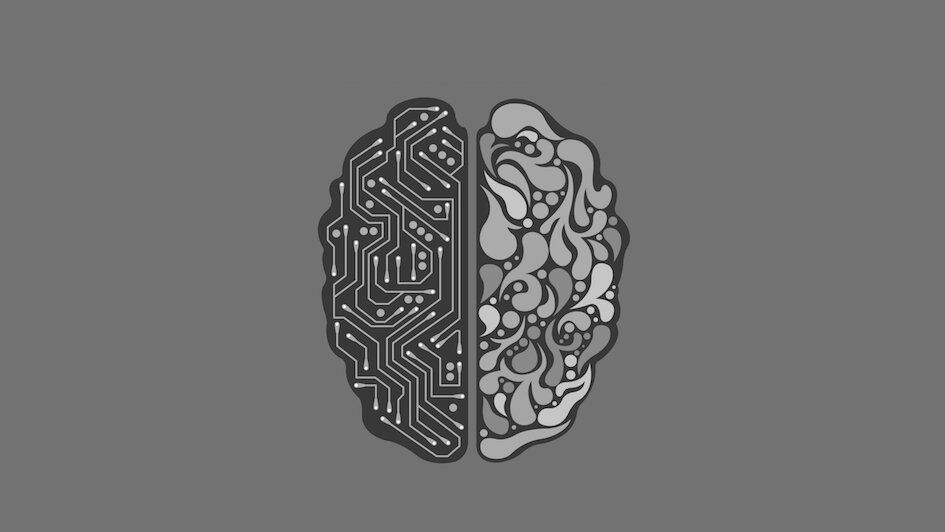DeepMind today announced a new milestone for its artificial intelligence agents trained to play the Blizzard Entertainment game StarCraft II. The Google-owned AI lab’s more sophisticated software, still called AlphaStar, is now grandmaster level in the real-time strategy game, capable of besting 99.8 percent of all human players in competition. The findings are to be published in a research paper in the scientific journal Nature.
Not only that, but DeepMind says it also evened the playing field when testing the new and improved AlphaStar against human opponents who opted into online competitions this past summer. For one, it trained AlphaStar to use all three of the game’s playable races, adding to the complexity of the game at the upper echelons of pro play. It also limited AlphaStar to only viewing the portion of the map a human would see and restricted the number of mouse clicks it could register to 22 non-duplicated actions every five seconds of play, to align it with standard human movement.





